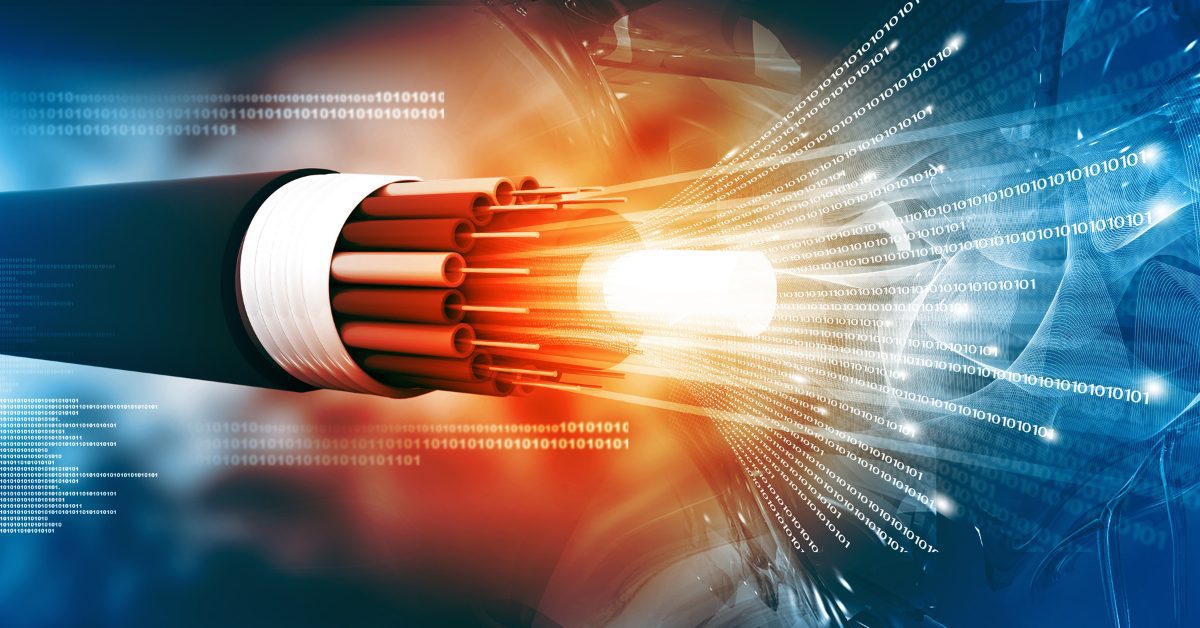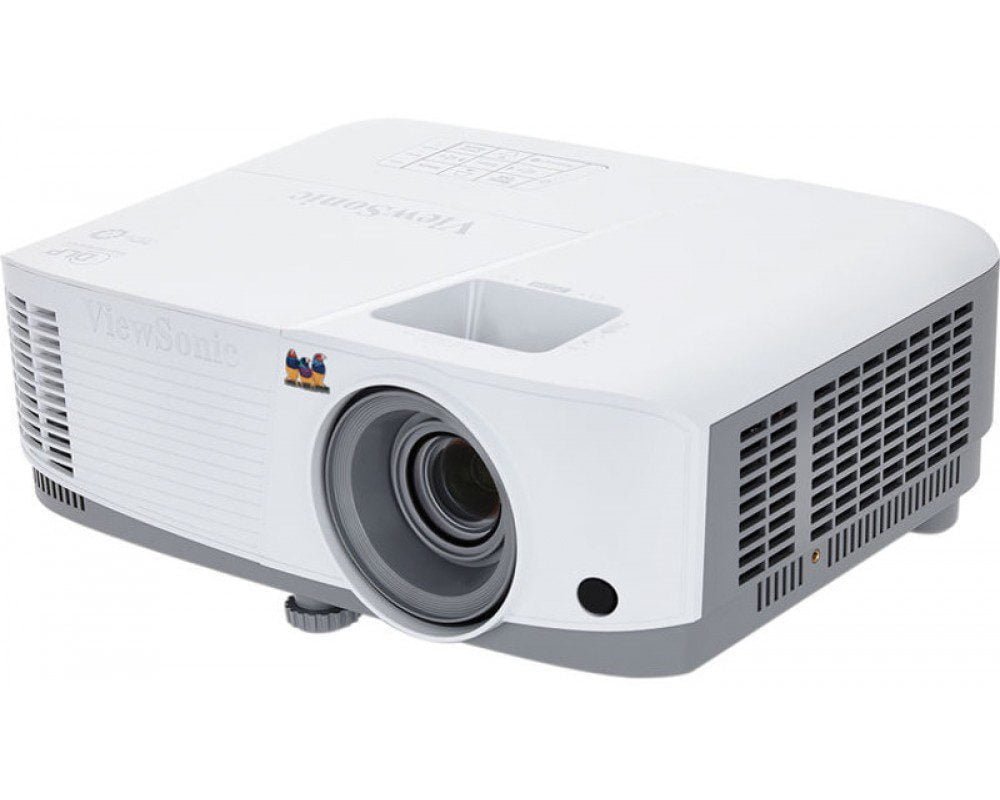The right cables and connectors are of vital importance to ensuring the correct functioning of local area networks and high-performance data networks. Over the years there has been an enormous revolution in regards to LAN technology, with the dominant form becoming Ethernet and Cat 6 cables.
With the demand for increased network speeds only becoming stronger and stronger, the result was the development of cables and components that are capable of transmitting further and faster than ever before.
The introduction of copper categories allowed for the clear definition of network parameters and the installation of the right connecting hardware. The late 80s saw the introduction of Category 3, which supported voice services in addition to 10BASE-T Ethernet, but this had largely been phased out by the time Category 5 arrived in the mid-90s.
The next stage of development in cables and connectors came as Cat-5e, which provided more effective support for Gigabit network connections. Stringent new crosstalk specifications were introduced by Cat-5e standards, but in the last decade, Category 6 (Cat 6) cables and connectors have now become the basic requirement for all new buildings to ensure they are supportive of Gigabit network applications and high bandwidths.
There are a number of benefits to the installation of Cat 6 cables.
Performance and speed
Cat 6 cables are capable of handling speed performance of as high as 250 MHZ, which means that it can be used with fast Ethernet networks such as 10-Gigabit Ethernet and Gigabit Ethernet. The introduction of the Cat 6 cable was facilitated as a complement to the Gigabit Ethernet, which includes patch panels, switches, interface cards and routers, as well as other components created for the purpose of achieving a complete gigabit network.
The great majority of professionals within the IT industry are away from the gigabit speeds and fast network performance that is provided by Cat 6 cables.
Backwards compatibility
The plug and port that come with the Cat 6 Cable are exactly the same as the ones on the Cat 5 cable, meaning that any connection or port that supported that cable will also still be able to support the Cat 6.
Cat 5 structure similarity
The Cat 6 cable structure is similar to that can already be seen in the Cat 5 cable, with eight wires being twisted together in order to create four pairs. However, the Cat 6 cables come with one pair of wires that does not contact any of the others, allowing it to produce twice the bandwidth that was possible with the Cat 5 cable.
Cables can be upgraded
The Cat 6 can be part of an overall upgrade to a better network, but it should be remembered that the cable will only be able to operate at full speed in the event that other network units are capable of supporting gigabit speeds.
New start-up small businesses should think about having the Cat 6 cable installed straight away as it is already beginning to become considered as the industry standard.
Investing in Cat 6 cables is the smart thing to do for those moving location or upgrading their network infrastructure.










![Explain SEO in Digital Marketing – [Beginning to End Guide]](https://www.gadget-rumours.com/wp-content/uploads/2025/01/Explain-SEO-in-Digital-marketing-768x403.png)






























![Explain SEO in Digital Marketing – [Beginning to End Guide]](https://www.gadget-rumours.com/wp-content/uploads/2025/01/Explain-SEO-in-Digital-marketing.png)

